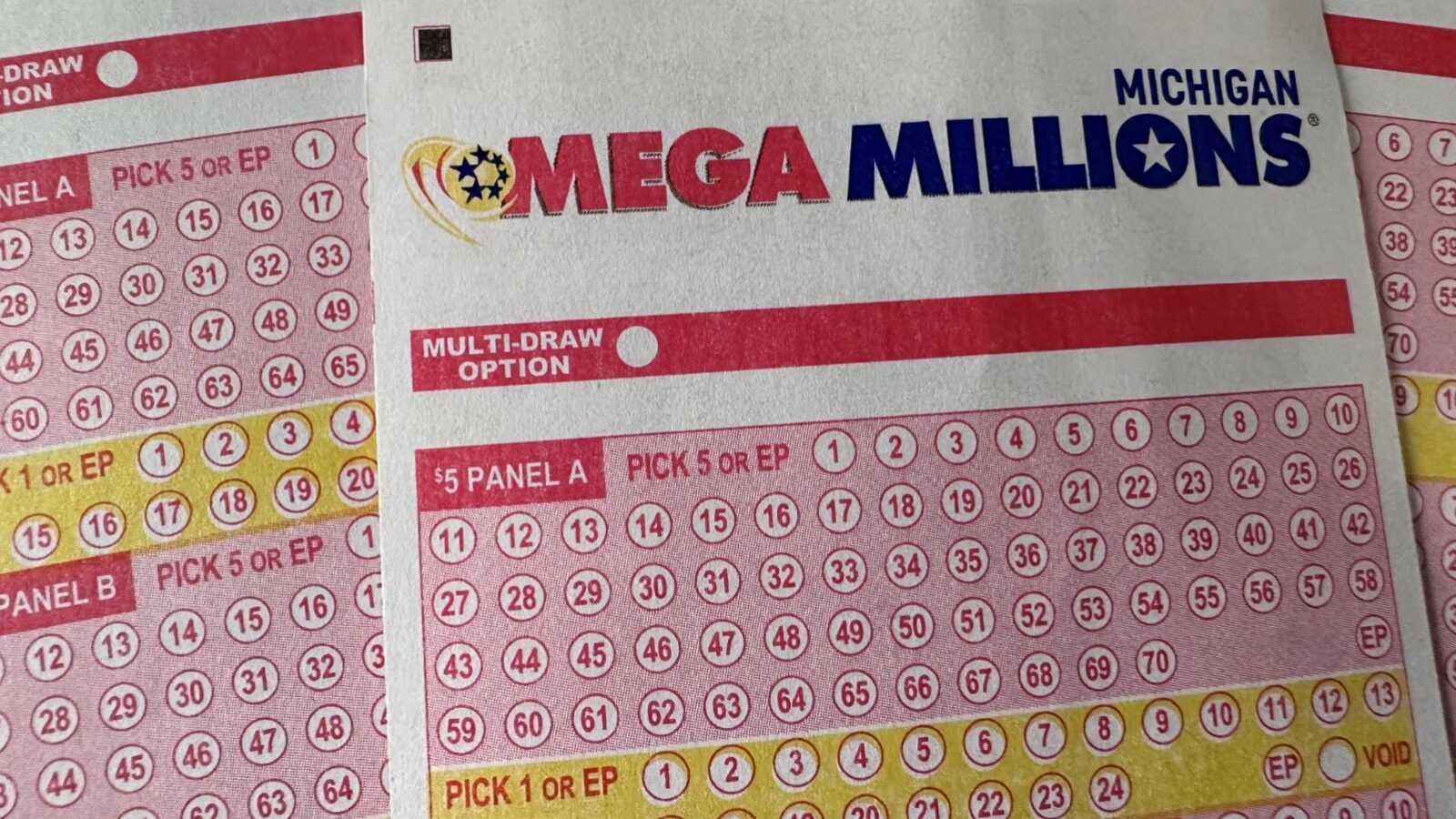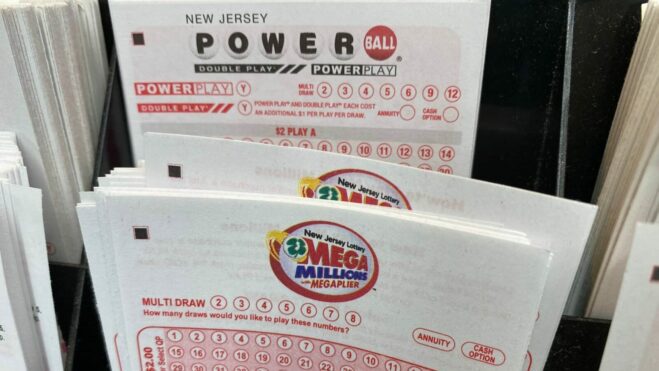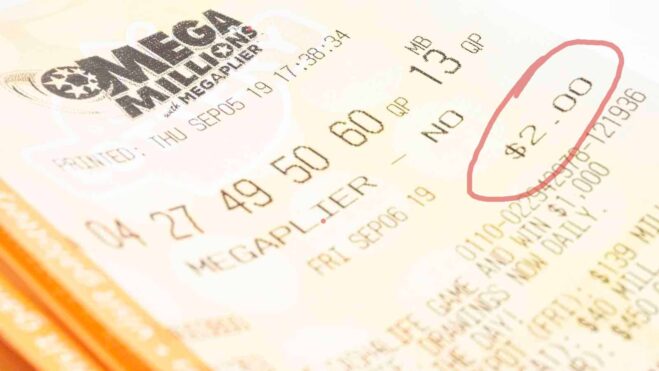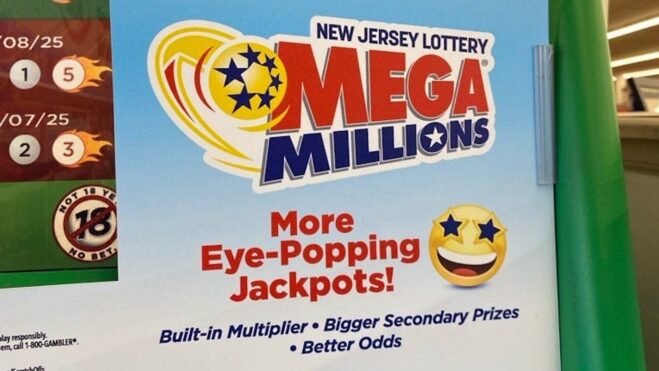Mega Millions Proving A Little Less Mega In The $5 Ticket Era
While people are winning more at the lower tiers of the game, the jackpots have been growing at a much slower rate
3 min

When Mega Millions rolled out its new $5 game format back in April, the pitch was simple: bigger prizes across the board; better odds to win the jackpot; faster-growing jackpots that would routinely eclipse $800 million instead of the $450 million average under the old $2 game.
Mega Millions also promised substantial increases to non-jackpot prizes. In short, all non-jackpot prizes at every level were going up by 2X to 10X.
One promise has been kept. The other … well, the jury is still out, but the early returns aren’t awesome.
To wit: Friday night’s $348 million jackpot winner in Virginia marked the end of a 20-drawing run since the last jackpot hit. Under the old format, the last time there was a 20-drawing streak — back on Nov. 19, 2024 — the jackpot had climbed to $420 million after starting at $20 million. So despite all the talk about faster-growing jackpots, this one grew about $100 million slower than comparable runs under the old system.
The trade-off
When a lottery promises to pay out significantly more money at the lower prize tiers — and Mega Millions is doing exactly that — the money has to come from somewhere. And that somewhere, in this case, is the jackpot fund.
A Mega Millions spokesperson told Lottery Geeks that the percentage of sales going to fund the jackpot dropped from 37.65% in the old game to 27.63% in the new one. Meanwhile, the percentage funding for those enhanced lower-tier prizes jumped from 12.35% to 22.37%.
That’s great news if you’re hitting those smaller prizes. It’s not so great if you’re waiting for that life-changing jackpot to balloon into the billions.
Winners win
To be clear, players are absolutely seeing the benefit of the new format. The changes represent the first major overhaul to Mega Millions in 7½ years, and they were driven by extensive research, according to an article in PGRI. The consortium conducted three studies to test the basis for a $5 game, and among the findings, players ranked “the ability to multiply prizes” as the most favorable across all game characteristics tested.
That preference is playing out in real dollars. During the 20-drawing run that ended Friday, there were almost 4.9 million winning tickets across all prize tiers, totaling nearly $120 million in non-jackpot prizes. Under the old system, those same tickets would have generated just $27 million in prizes.
Eight second-tier prizes hit the multi-million range during the recent run, with multipliers pushing wins as high as $4 million in New Jersey and Tennessee. The third-tier prizes ranged from $20,000 all the way up to $100,000, with 107 winners across 31 states.
“Players are definitely seeing the benefit of the new game and the embedded multiplier and are taking home substantially more than before,” the spokesperson said.
As Joshua Johnston, director of Washington’s Lottery and lead director of the Mega Millions Consortium, told PGRI: “As players are coming into grocery stores, convenience stores, and lottery offices to collect prizes that are two, three, four, five, and 10 times what they’ve seen in the past, it’s putting a smile on their faces, because that’s real, everyday money to most people.”
Growing pains
Mega Millions officials stress that it’s still early days for the new format — only about 2½ months in. They point to the transition from the $1 to $2 game years ago, which saw similar patterns of reduced wagers immediately after the change before players adjusted to the new reality.
“We also expect that many players will begin purchasing tickets, as they always have, once the jackpot reaches a certain threshold, and then we’ll see the sales curve do a little hockey stick, so to speak,” the spokesperson said.
The question is: What’s that threshold in the new game? Under the old format, jackpots really started to pick up steam once they hit the $400-$500 million range. Will that number be higher now that tickets cost $5 instead of $2? Will casual players need to see $600 million or $700 million before they start lining up at convenience stores?
“Since we’re still so early into the new game and have yet to see a big jackpot run, there’s no historical data from which to draw,” the spokesperson said.
The bottom line
The facts are clear: If players buy Mega Millions tickets, they’re more likely to win something, and when they do win, they’re taking home significantly more money than they would have under the old system. The built-in multiplier means every winning ticket pays out at least double the $5 cost to play.
Johnston noted to PGRI that the $5 price point offers players “variety of choices on jackpot games” as lotteries think about “the diversity of their portfolios.”
But for players who only buy tickets when the jackpot reaches astronomical levels — and that’s a lot of people — they may be waiting a bit longer for those attention-grabbing numbers to hit.





